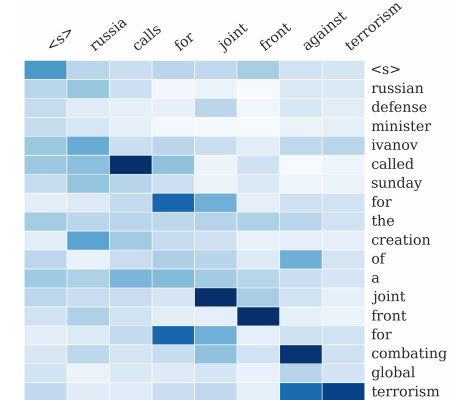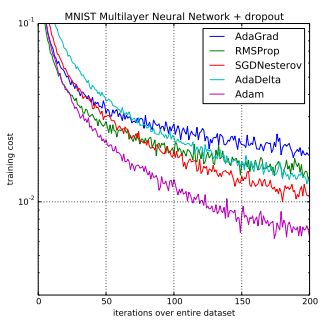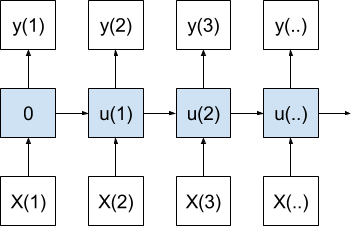Techniques to Handle Very Long Sequences with LSTMs
Last Updated on August 14, 2019 Long Short-Term Memory or LSTM recurrent neural networks are capable of learning and remembering over long sequences of inputs. LSTMs work very well if your problem has one output for every input, like time series forecasting or text translation. But LSTMs can be challenging to use when you have very long input sequences and only one or a handful of outputs. This is often called sequence labeling, or sequence classification. Some examples include: Classification […]
Read more








